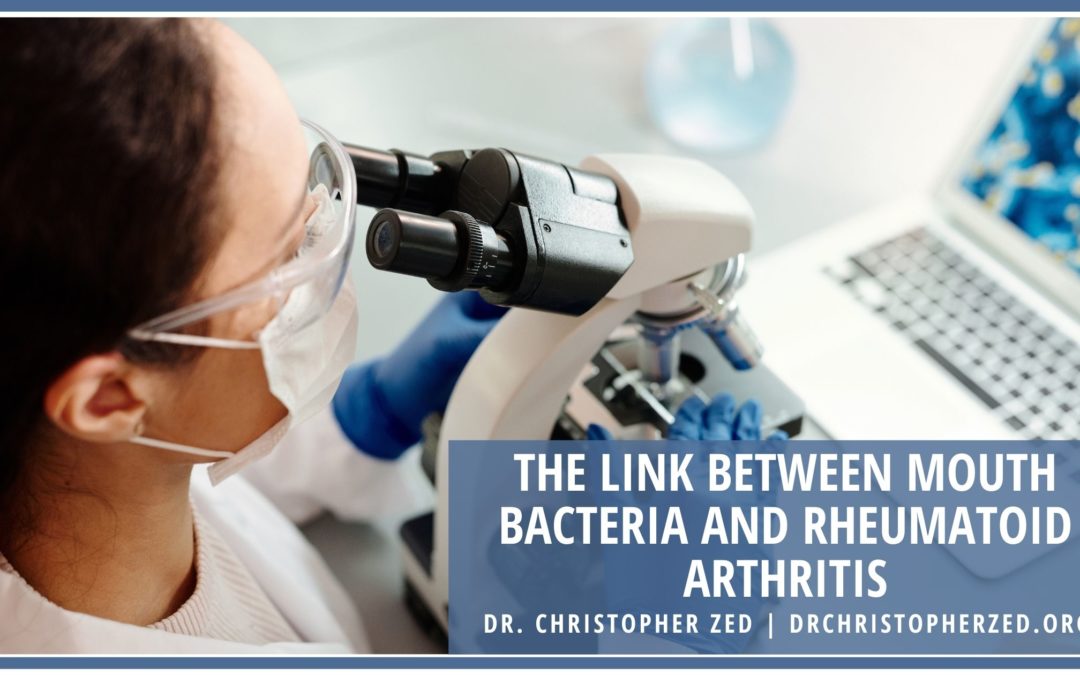Recent studies have begun to show that there are correlations between arthritis and bacteria. Specifically, these studies are finding a connection between rheumatoid arthritis (RA), early RA (ERA), and high levels of bacteria (Prevotella and Veillonella) in their saliva. This raises several questions revolving around treatment and prevention while giving hope for further understanding down the road.
According to a recent report, around 1.5 million people in the U.S. are currently affected by rheumatoid arthritis. Rheumatoid arthritis is an autoimmune disorder where a person’s immune system begins to attack their joints, causing swelling, pain, and stiffness.
Scientists have long been concerned with catching rheumatoid arthritis in the earliest stages possible. The earlier a doctor can diagnose RA, the better a patient’s chances are in terms of treatment.
Naturally, that has led scientists to discover the cause or potential links relating to RA and ERA. Previous studies have found that people with ERA have a higher chance of having periodontal disease. They also have higher levels of specific bacteria within their mouths and intestines.
This information is in line with the theory that microorganisms cause autoimmune diseases. Since then, more studies have come out reinforcing this connection between RA and bacteria.
This most recent study focused on fifty total people, grouped into three different categories; those with ERA, those with a high risk of having RA, and those who did not have RA or any risk of RA. (the control group).
The study then went on to examine each candidate’s teeth and specific samples collected during the examination. Their results were significant. Bacteria levels for Prevotella and Viellonella were higher in the ERA and at-risk group than in the control group.
Their results show that there is a connection between ERA, RA, and certain types of bacteria. This, in turn, can signify that the bacteria may be triggering an immune response, which results in rheumatoid arthritis.
While scientists continue to work to understand this connection, the presence of high amounts of Prevotella and Viellonella can theoretically be used as a form of early diagnoses in patients, at least until further prevention and treatments arrive.

